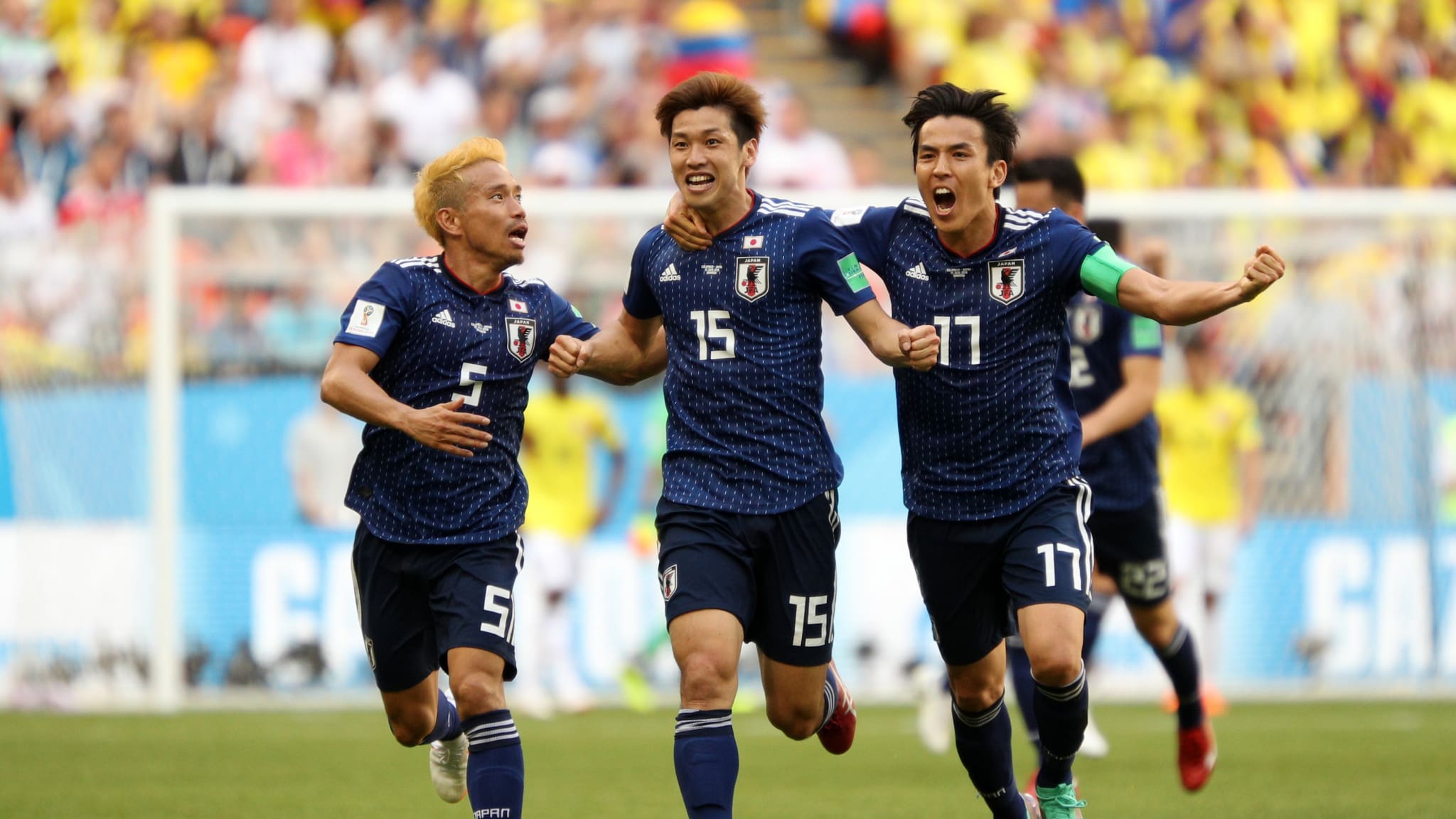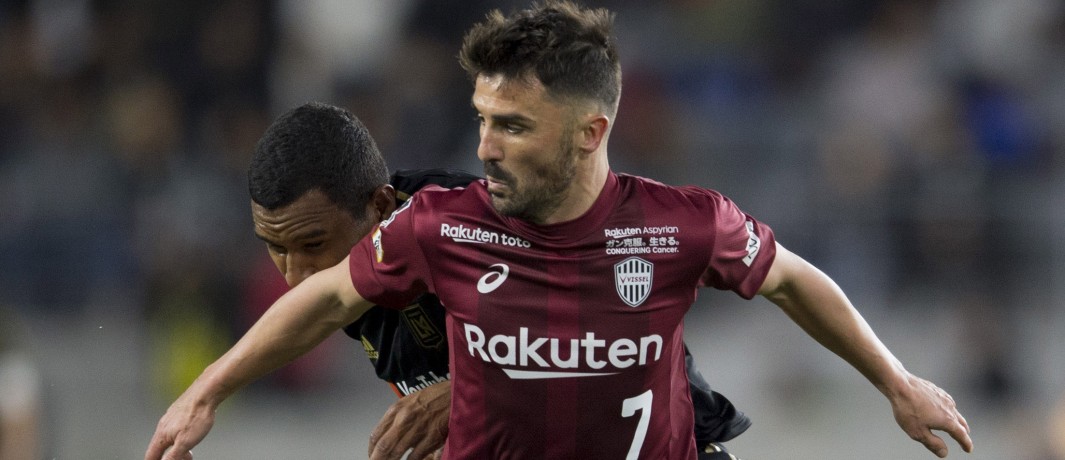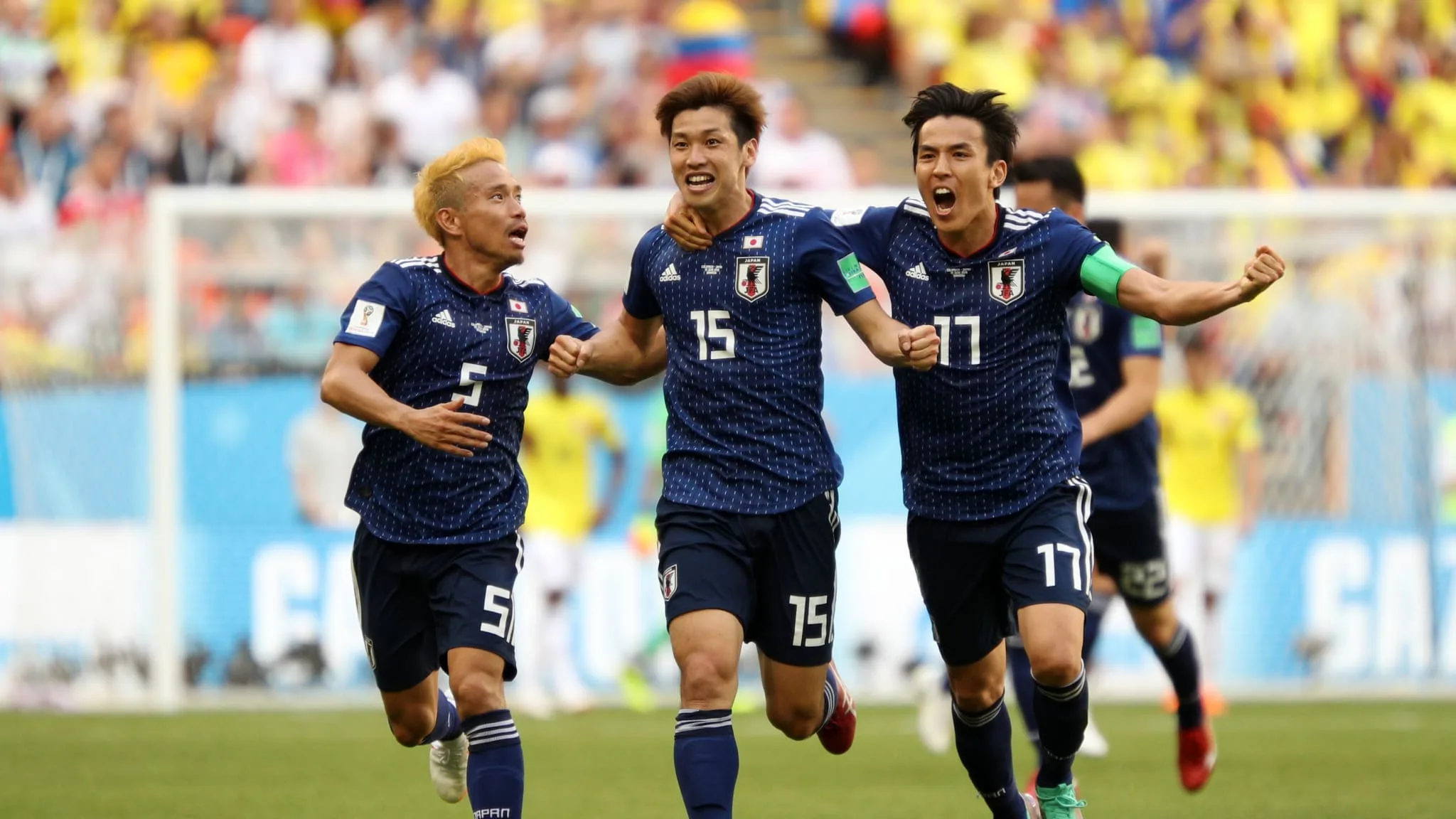
Takeyuki Oya, general manager of the J-League’s international department, stated in a recent interview with ‘SportsPro’ that Japan plans to win the FIFA World Cup in 2050. It might sound slightly pretentious for a country that has only made it to six World Cups and has yet to make it to the quarterfinals Or maybe not. By the time you reach the end of this piece, you might find yourself wanting to put some money on the Asian side.
The Japanese have a successful history of making plans come together and the emerging J-League is a good example of that. Since its refounding, in 1992, it has experienced exponential growth both on and off the pitch. It has already topped the powerful Chinese Super League as Asia’s strongest domestic competition. And, as Chairman Mitsuru Murai addressed during World Football Summit Asia 2019, held on April 29th in Kuala Lumpur (Malaysia), the top European leagues are next on their target.
“We have a long term vision and by 2030 we are trying to be amongst the best four leagues in the world”, said Murai during a keynote regarding ‘The potential of Asian Football Leagues and the challenges for its developments’. Mr. Murai made very clear that Andres Iniesta, Fernando Torres or David Villa are just the tip of J-League’s huge iceberg.
Murai stated club management, youth development, and digital development as the three key factors behind the remarkable success of the J-League, that has overcome major barriers such as the fact that less than 50 percent of the Japanese population (127 million)claim not to be interested at all in sport.
The number of clubs has increased from 10 to 55 since 1992 (they believe they can eventually reach 100) and all of them are solidly rooted in the local communities. The average attendance to stadiums in 2018 was 19.079 in J1. “We don’t allow all clubs to have a brand or company name. Companies can invest in the short term, but the club has to have a long term vision that will never change”, said Mr. Murai, that claims no Japanese franchise drags high debts or has been involved in violent fan riots or match-fixing issues.
All clubs must be committed to developing youth talent. (Remember the final goal is winning the World Cup). It is mandatory for all clubs to run their own academy, with Under 15 and Under 18 sides, and the club’s first team has to line up at least two homegrown players and one under 21. The more successful a club is developing young players, the more funds it will receive from the turning point 2 billion US$ 10 year deal that the J-League signed with live streaming service Dazn in 2016.
This deal has obviously been key in the recent growth of the J-League, but the relevance of the agreement goes far beyond the money. As Mr. Murai explained in WFS Asia, the J-League is responsible for producing the feed and holds all the rights: “That allows us to distribute the feed as we want”, he said.

Owning the rights is part of an extremely ambitious digital strategy that includes developing a unified digital platform that ensures all digital assets such as video content, photos and statistical can be centrally managed for production, editing and distribution. This platform, that has allowed the J-League to collect data from more than 1 million football fans since 2018, is aimed both at supporters from Japan and abroad.
Conquering the European market is the next step of Japan’s master plan. That’s why you can expect more European stars will follow the steps of Iniesta, Torres or Villa. The J-League appreciates the key role these superstars play in their international strategy and has agreed to increase to five the number of foreign players on each team.
Ironically, the J-League first set its eyes on the foreign markets after the terrible earthquake and tsunami that hit the country in 2011 unleashing a severe economic crisis. “The Japanese economy was going down and the population was not going up anymore. So we decided that other parts of Asia were our next market because the passion for football is greater than it is in Japan, the population was going up, and also the economy”, Mr. Oya told The SportsPro.
Six years later they’ve already conquered the Asian market. How’s that for turning crisis into great opportunities?


